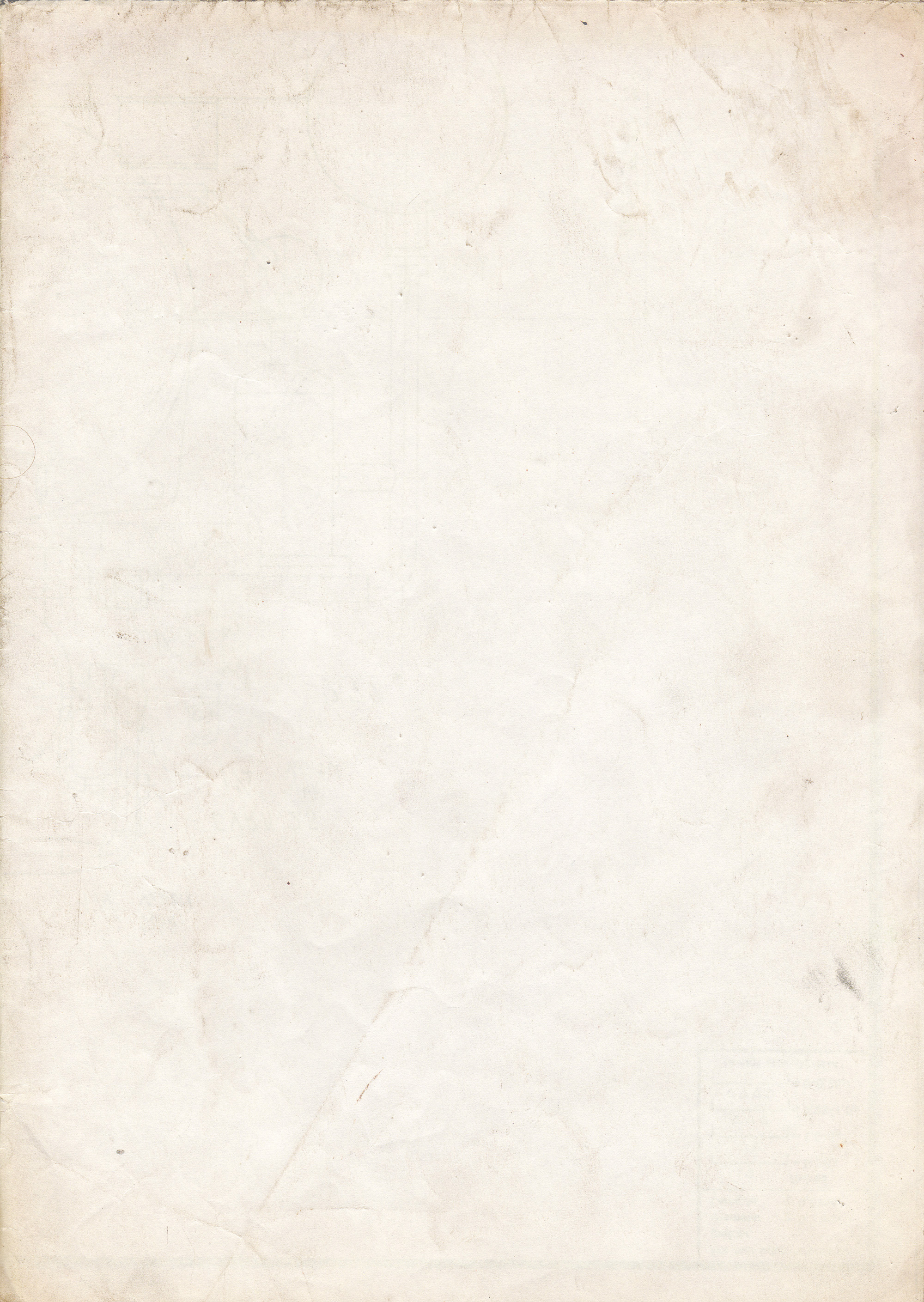Archivist note: This article is from an older recovered archive and might be obsolete or in need of updating.
Most recent revision is shown below, by Aeolus.Cleanslate.
Cavorite is an artificial mineral that possesses anti-gravity properties (also referred to as a “gravity-blocking substance”). It can also shield other materials from its effects, and can shield materials from the Earth’s pull. The material was invented in the latter half of the 19th century by Doctor Selwyn Cavor.
===Physical Properties===
In its unrefined state, cavorite has a banded green to green-black color with a medium luster, and an active, shifting banded pattern. Globular masses ranging in size from 2cm to 1.5 meters are common in cavorite deposits, although larger masses have been found at sub-bedrock depths. The lion’s share of the world’s known cavorite deposits are located in the City-State of Caledon.
===Modern Usage===
Cavorite has traditionally been worked in something close to its raw form, heating the material to a liquid and casting it into useful shapes – sheets, rods, ingots, etc. As a result, cavorite mills are traditionally designed with thick stone or concrete rooftops, to prevent molten or half-cast cavorite from floating directly up and out of the facility. If kept in its heated liquid form for too long, cavorite begins to lose some of its shielding properties, and eventually cools into a substance heavier and more massive than lead. “Depleted cavorite” has been used to form artillery shells.
Recent innovations in the refinement of cavorite have resulted in processes which heat and cool the material in precisely calculated ways and allow it to be alloyed to other metals to pick up some of their properties. “Cavorite sulfate” takes a powdered form and when ingested can diffuse into the tissues, rendering one partially (and temporarily) impervious to gravity and other radiation. “Cavorite oxide” results in a flexible, ductile metal ideal for the creation of fine cavorite wire (useful in the manufacture of women’s brassieres, for example). Experiments in alloying cavorite with refined phlogiston have so far been catastrophic, and of purely academic interest.
Recent metallurgical literature has postulated the potential future development of “quantum cavorite,” which would possess the same shielding potential in a fraction of the mass. Worked into steel girders, such a material could provide heretofore unimagined forms of architecture.
===From “The First Men in the Moon” by H.G. Wells===
The object of Mr. Cavor’s search was a substance that should be “opaque “—he used some other word I have forgotten, but “opaque” conveys the idea—to “all forms of radiant energy.” “Radiant energy,” he made me understand, was anything like light or heat, or those Rontgen Rays there was so much talk about a year or so ago, or the electric waves of Marconi, or gravitation. All these things, he said, radiate out from centres, and act on bodies at a distance, whence comes the term “radiant energy.”
Now almost all substances are opaque to some form or other of radiant energy. Glass, for example, is transparent to light, but much less so to heat, so that it is useful as a fire-screen; and alum is transparent to light, but blocks heat completely. A solution of iodine in carbon bisulphide, on the other hand, completely blocks light, but is quite transparent to heat. It will hide a fire from you, but permit all its warmth to reach you. Metals are not only opaque to light and heat, but also to electrical energy, which passes through both iodine solution and glass almost as though they were not interposed. And so on.
Now all known substances are “transparent” to gravitation. You can use screens of various sorts to cut off the light or heat, or electrical influence of the sun, or the warmth of the earth from anything; you can screen things by sheets of metal from Marconi’s rays, but nothing will cut off the gravitational attraction of the sun or the gravitational attraction of the earth. Yet why there should be nothing is hard to say.
Cavor did not see why such a substance should not exist, and certainly I could not tell him. I had never thought of such a possibility before. He showed me by calculations on paper, which Lord Kelvin, no doubt, or Professor Lodge, or Professor Karl Pearson, or any of those great scientific people might have understood, but which simply reduced me to a hopeless muddle, that not only was such a substance possible, but that it must satisfy certain conditions. It was an amazing piece of reasoning. Much as it amazed and exercised me at the time, it would be impossible to reproduce it here.

